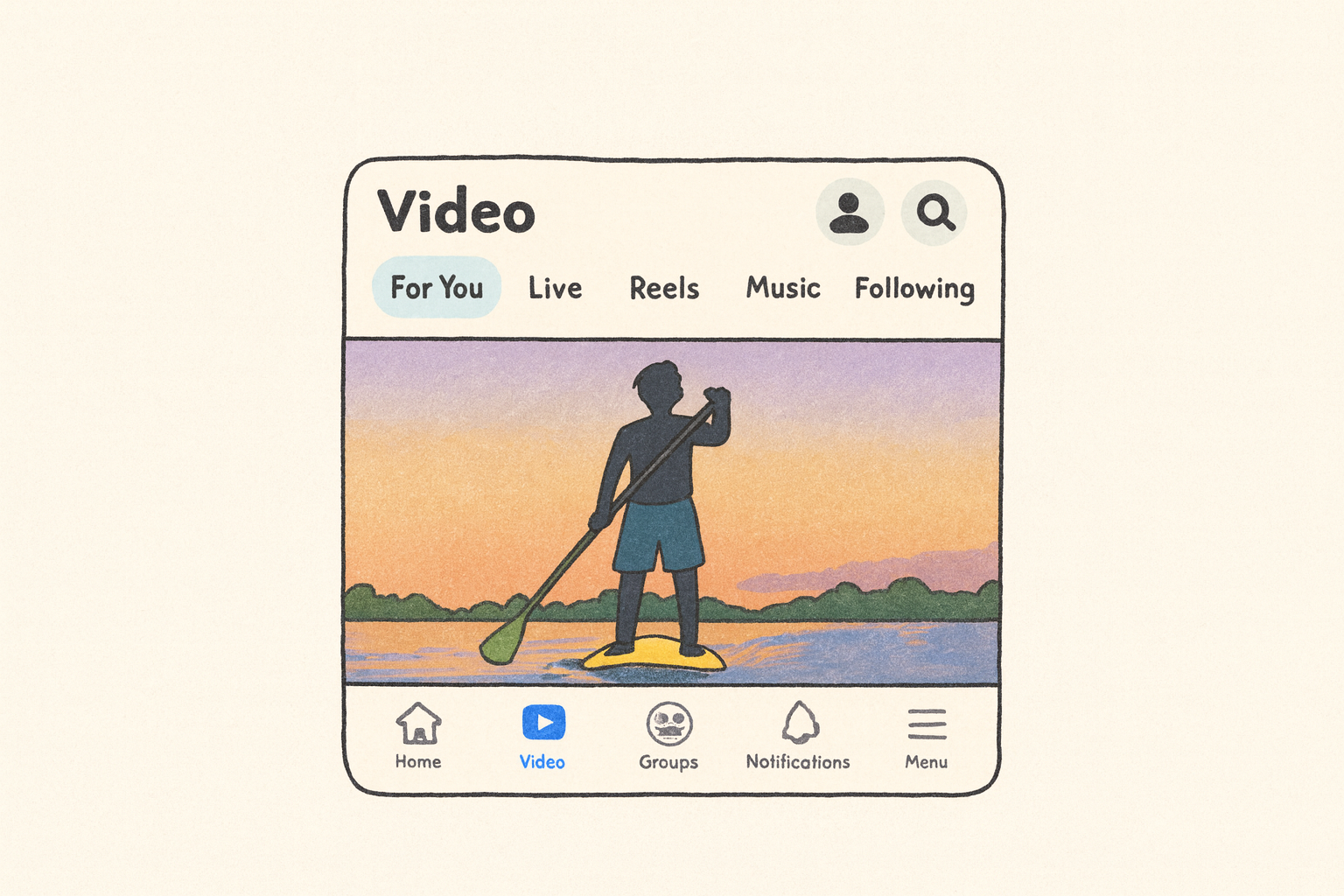All blogs · Written by Ajitesh
OpenAI PM Interview: The Animal Communication AI Case

OpenAI PM Interview: The Animal Communication AI Case
Welcome to the thirteenth edition of PM Interview Prep Weekly! I’m Ajitesh, and today we’re tackling a moonshot product design case that tests your ability to ground imaginative technology in real-world value.
The Context
OpenAI’s product design interviews often follow Google’s classic “moonshot” style - you’re given breakthrough technology that doesn’t exist yet and asked to build a product around it. These aren’t tests of domain knowledge; they’re tests of structured thinking, customer empathy, and your ability to make the fantastical feel feasible.
This case came from a real interview with a friend who recently went through OpenAI’s PM process. Unlike traditional design cases where you improve existing products, moonshot cases require you to:
- Ask probing questions to understand technology constraints
- Ground magical tech in real customer problems
- Balance visionary thinking with practical execution
The key pitfall? Getting lost in the science fiction. The interviewer wants to see if you can take something wild and turn it into something shippable.
The Case
Interviewer: “Let’s imagine OpenAI invented an AI that allows humans to communicate with animals. How would you bring this to market?”
The Interview Approach
I follow a simple 3-step approach for product design cases:
- Find a specific customer segment
- Map their specific problems
- Brainstorm and prioritize solutions
Here’s how I’d tackle this case:
1. Clarifying Questions
Before jumping in, I’d ground the technology in reality by asking:
- Accuracy: What’s the translation accuracy? (Interviewer: 80-85%, improves over time)
- Scope: Which animals? All species or specific ones? (Interviewer: Mammals with developed brains (dogs, cats, horses, dolphins, primates); expanding to birds and reptiles in future)
- Bidirectional: Can animals understand us too, or just us understanding them? (Interviewer: Bidirectional)
- Device: What hardware is needed? (Interviewer: Smartphone app + cloud processing; optional wearable collar for pets ($200); plus $0.05 per exchange for processing data)
- Any limitations: Works best with domesticated animals; wild animals have less context for human concepts; can’t translate complex abstract ideas, only concrete thoughts and emotions
2. Set Clear Goals
For OpenAI bringing this to market, I’d frame success as:
- Adoption first: Get people using it daily within 18-24 months
- Prove value: Demonstrate clear ROI in at least one vertical before expanding
- Platform play: Build the infrastructure that becomes the standard for animal communication
The goal isn’t just building a cool demo - it’s creating a sustainable business.
3. Customer Segmentation
I identified three key segments:
1. Pet owners - 60%+ of US households own pets; emotional bond is strong, willingness to pay is high. They struggle with understanding pet health, behavior, and emotional needs.
2. Veterinary clinics - Diagnosing animal health issues often involves guesswork and expensive tests. Better communication could reduce unnecessary procedures and improve treatment accuracy.
3. Animal research & conservation - Scientists studying animal behavior, marine biologists, wildlife conservationists who need to understand animals in their natural habitat without invasive methods.
I chose veterinary clinics because:
- Clear, measurable ROI (reduced diagnostic costs, better outcomes)
- Built-in trust (vets are already tech adopters—ultrasound, x-rays, digital records)
- Willing to pay
4. Problem Deep Dive
Let me map the veterinary diagnostic journey:
Discovery: Pet shows symptoms; owner brings to clinic Triage: Vet examines pet, asks owner questions about behavior Diagnosis: Without direct input from animal, vet orders tests (blood work, x-rays, etc.) Treatment: Based on test results and educated guesses about pain/discomfort levels Follow-up: Owner reports if treatment worked; hard to know if pet feels better or just hiding pain
From this journey, three core problems emerge:
- Diagnostic inefficiency: Need to order expensive tests because we can’t ask the animal ‘where does it hurt?
- Anxiety management: Animals are terrified during exams; we can’t explain we’re helping them.
- Quality of life decisions: Owners struggle with end-of-life choices because they can’t ask their pet how much pain they’re in.
I’d prioritize diagnostic inefficiency because it has immediate, quantifiable value.
Framing as a “How might we” statement: “How might we help veterinarians diagnose animals faster and more accurately by understanding symptoms directly from the patient?“
5. Solution Design
Simple: VetChat - Diagnostic Assistant
A tablet-based app (most doctors already own and use) used during vet exams:
- Vet asks structured diagnostic questions via the app
- AI translates questions for animal; translates responses back
- Builds symptom profile in real-time
- Integration with existing vet management software
Medium: DiagnosticNet - Predictive Health Platform
Extends single-visit diagnostics to continuous monitoring and prediction:
- Pet wearable collar for 24/7 monitoring with daily check-ins
- Animal self-reports comfort levels, appetite, pain trends
- Pre-symptom alerts: “My stomach has felt weird for 3 days” before vomiting starts
- Medication effectiveness tracking (“Did the medicine help?“)
- Longitudinal health records that connect across vet visits and clinics
- Reduces emergency visits through early intervention
Complex: VetAI Network - Collective Diagnostic Intelligence
Solve rare and complex diagnostic cases:
- Every conversation builds a global diagnostic knowledge base
- When a vet encounters unusual symptoms, system surfaces similar cases from millions of animal conversations worldwide
- AI suggests differential diagnoses: “847 dogs with similar symptoms had pancreatitis”
- Predictive models that catch diseases months early: AI notices patterns animals report before clinical symptoms appear
MVP Definition
I’d recommend starting with VetChat - Diagnostic Assistant:
Why VetChat?
- Solves the most painful, immediate problem
- Clear ROI calculation (reduced test costs vs. subscription fee)
- Low barrier to adoption (uses existing tablets/phones)
Success Metrics (aligned with our adoption & engagement goal):
Adoption:
- 500 veterinary clinics using VetChat within 12 months
Task Success:
- 30% reduction in unnecessary diagnostic tests ordered
- 85% of vets report “more confident in diagnosis” after 30 days
Retention:
- 80% of clinics renew subscription after 3-month pilot
Note: These metrics directly tie to our “adoption first” goal while building evidence for the value proposition. ROI metrics come naturally once we prove engagement - if we’re saving vets time and money, retention and expansion will follow.
General tips for acing this case:
Why I avoided B2C Pet Owners:
The obvious answer is building for pet owners. But generally it’s a challenge to come up with interesting unique solutions in this case, mostly because we have a surface-level understanding of the problem and consumer ideas are always clear to everyone, so it’s hard to differentiate. More importantly I see the following challenges:
-
- Value discovery is slow: Pet owners would pay $20/month to… learn their dog is hungry? Bored? Most pet owners already understand their pets reasonably well through body language. The “aha moment” where the AI proves invaluable might take months.
-
- Low frequency, high churn risk: After the novelty wears off (“So you want treats again?”), daily usage drops. Unlike social apps with network effects, talking to your dog doesn’t create viral loops.
-
- Hard to measure ROI: How do you prove to consumers they’re getting their money’s worth? “Happiness points” are fuzzy. When budgets tighten, $20/month subscriptions with fuzzy value get cut.
-
Name your features - Makes them memorable and easy for the interviewer to reference. “VetChat” is stickier than “diagnostic tool.”
-
Use the rule of three - At every stage, brainstorm three options, then pick one. This shows you can both generate ideas and prioritize effectively. You don’t have a dearth of ideas, you have discipline.
-
Maintain a single chain of thought - Start with a clear goal and ensure everything ladders up to it. Your metrics should align with that goal. Your problem selection should optimize for that goal. Your prioritization should reinforce that goal. This is where your product sense shines - if you treat it as a theoretical exercise, you’ll meander. As a PM, we drive specific business outcomes through every decision.
Practice This Case
Want to try this case yourself with an AI interviewer that probes your assumptions?
Practice here: Tough Tongue AI - Animal Communication Case
The AI interviewer will push you on:
- Why your chosen segment over others
- How you’d handle accuracy limitations
- What happens when pets say things owners don’t want to hear
- Privacy concerns (who owns the animal’s thoughts?)
- Expansion strategy beyond your MVP
Further Reading
Want to go deeper into moonshot product cases? Check out these resources:
- My article on Product Design Interviews - The framework that works across any design case
- Google Smell Teleportation Case - Another moonshot example with full walkthrough
- Complete PM Interview Collection - Practice 50+ different product design cases
PM Tool of the Week: Awesome ChatGPT Prompts
This week: Awesome ChatGPT Prompts - a GitHub repo with community-contributed prompt templates.
As PMs, we write prompts constantly. This collection has simple, effective templates that you can use immediately or just browse for inspiration. I’ve found it helpful for getting ideas on better prompt patterns rather than starting from scratch every time.
Got a prompt pattern that works great for you? Reply and tell me about it!
What would YOU build with animal communication AI? Hit reply—I’d love to hear your take on this case.
About PM Interview Prep Weekly
Every Monday, get one complete PM case study with detailed solution walkthrough, an AI interview partner to practice with, and insights on what’s new in PM interviewing.
No fluff. No outdated advice. Just practical prep that works.
— Ajitesh
CEO & Co-founder, Tough Tongue AI
Ex-Google PM (Gemini)
LinkedIn | Twitter



